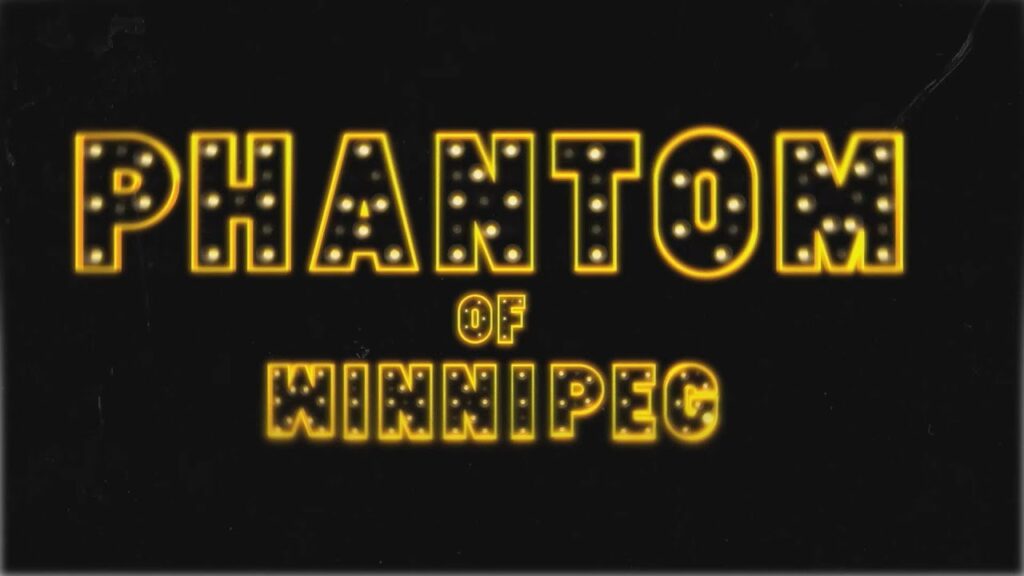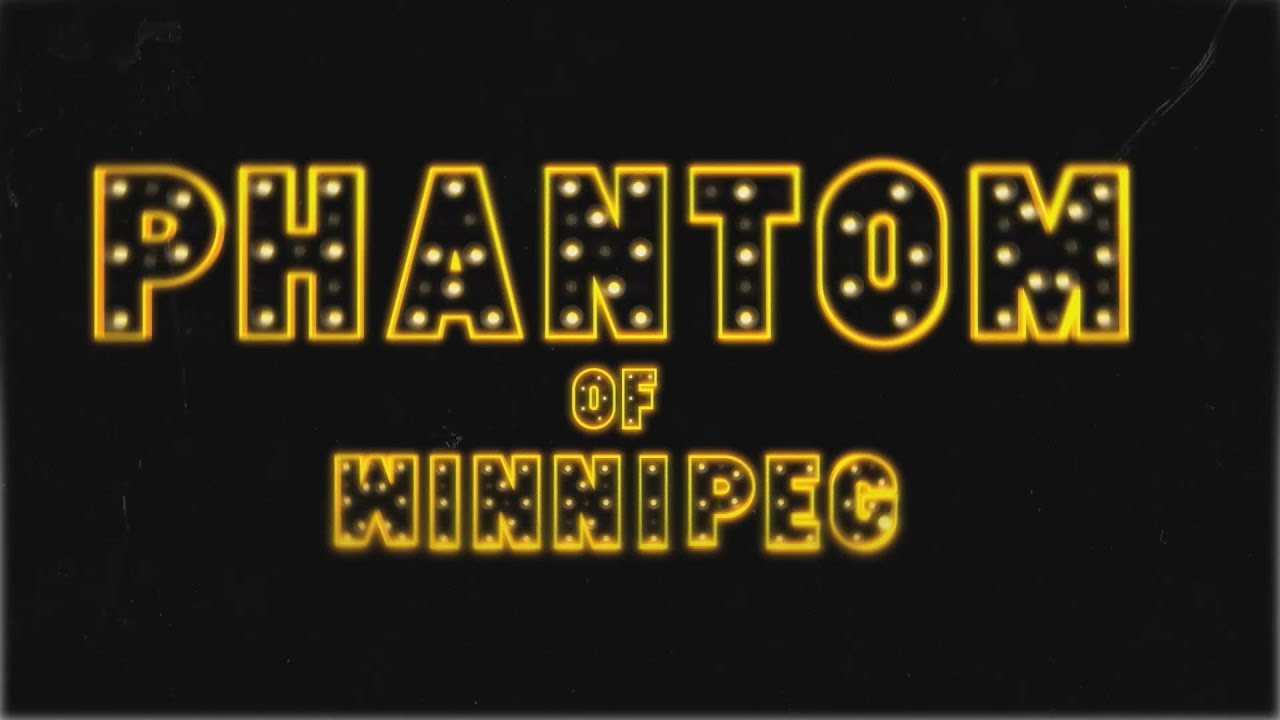
The Phantom of Winnipeg: Unraveling the Mystery of a Prairie Specter
Winnipeg, Manitoba, a city steeped in history and known for its vibrant arts scene, also harbors a chilling secret: the legend of the Phantom of Winnipeg. This spectral figure, shrouded in mystery and whispered about in hushed tones, has become an enduring part of the city’s folklore. Unlike typical ghost stories, the Phantom of Winnipeg isn’t tied to a specific location or a singular tragic event. Instead, it represents a more nebulous sense of unease, a feeling of being watched, and the lingering presence of the past in the modern cityscape. This article delves into the origins of the legend, explores possible explanations for the sightings, and examines the cultural impact of the Phantom of Winnipeg on the city and its inhabitants. We will explore the stories, the theories, and the enduring appeal of this prairie specter.
The Origins of the Legend
Tracing the exact origins of the Phantom of Winnipeg legend is a difficult task. Unlike well-documented hauntings with clear historical roots, the Phantom of Winnipeg seems to have emerged gradually, coalescing from various urban legends and local anxieties. Some believe the stories originated with tales of early settlers who perished during harsh winters, their spirits forever bound to the land. Others point to the city’s history of economic booms and busts, suggesting the phantom represents the collective trauma of those who lost everything. Still others claim it is a manifestation of the Red River’s history, a river that has witnessed so much. It is important to remember that the Red River is quite mighty.
Early accounts of the Phantom of Winnipeg are often vague and anecdotal. They typically involve sightings of a shadowy figure lurking in alleys, appearing briefly in the periphery, or causing inexplicable feelings of dread. These stories, passed down through generations, have become intertwined with the city’s identity, contributing to a unique sense of place. The details of the Phantom of Winnipeg vary depending on who is telling the story, but the core elements remain consistent: a sense of mystery, a feeling of unease, and the persistent belief that something unseen is watching.
Common Sightings and Encounters
While the Phantom of Winnipeg is not associated with a specific location, certain areas of the city seem to attract more sightings than others. The Exchange District, with its historic buildings and narrow streets, is a popular spot for phantom encounters. The Old Market Square, a hub of activity during the day, transforms into a labyrinth of shadows at night, providing ample opportunity for the phantom to lurk. The Forks, a historic meeting place at the junction of the Red and Assiniboine rivers, is another area where sightings have been reported. [See also: Winnipeg’s Most Haunted Locations]
Reports of encounters with the Phantom of Winnipeg often share similar characteristics. Witnesses describe seeing a dark, shadowy figure that seems to fade in and out of existence. Some report feeling a sudden drop in temperature or a sense of being watched. Others experience unexplained noises, such as whispers or footsteps, when no one else is around. These experiences, while often unsettling, are rarely described as overtly malevolent. The Phantom of Winnipeg seems more like a watchful presence, a reminder of the city’s past, than a malevolent spirit.
Possible Explanations and Theories
Numerous theories have been proposed to explain the legend of the Phantom of Winnipeg. Some attribute the sightings to psychological factors, such as suggestion, pareidolia (the tendency to see patterns in random stimuli), or mass hysteria. Others suggest that the phantom is a manifestation of collective anxieties and fears, a symbolic representation of the city’s hidden secrets. Still others believe that the Phantom of Winnipeg is a genuine paranormal phenomenon, a spirit or entity that exists beyond the realm of scientific understanding.
Skeptics often point to the lack of concrete evidence to support the existence of the Phantom of Winnipeg. They argue that the sightings are likely misinterpretations of natural phenomena or the result of overactive imaginations. However, proponents of the paranormal argue that the sheer number of reported sightings, coupled with the consistency of the descriptions, suggests that something unexplained is indeed occurring. The debate over the true nature of the Phantom of Winnipeg continues to this day.
The Role of Urban Legends
The Phantom of Winnipeg is a classic example of an urban legend, a story that circulates within a community and is often presented as true, even though its origins are uncertain. Urban legends often reflect the anxieties and fears of the society in which they emerge, providing a way for people to process and make sense of the world around them. The Phantom of Winnipeg, in this context, can be seen as a reflection of the city’s history, its cultural identity, and its collective anxieties about the unknown. [See also: Urban Legends of the Canadian Prairies]
Psychological Factors
Psychological factors can also play a significant role in shaping the perception and interpretation of phantom sightings. The power of suggestion, for example, can lead people to see what they expect to see, especially in environments that are already perceived as spooky or haunted. Pareidolia, the tendency to see patterns in random stimuli, can also contribute to phantom sightings, as people may misinterpret shadows or other visual cues as ghostly figures. Mass hysteria, a phenomenon in which a group of people experience similar symptoms or beliefs without any clear physical cause, can also amplify the perception of paranormal activity.
Paranormal Explanations
For those who believe in the paranormal, the Phantom of Winnipeg represents a genuine spiritual entity or presence. These individuals often point to the city’s history and its location at the confluence of two major rivers as potential sources of spiritual energy. They may also cite the numerous reports of unexplained phenomena as evidence of the phantom’s existence. While paranormal explanations are often met with skepticism by the scientific community, they remain a popular and enduring part of the Phantom of Winnipeg legend.
The Cultural Impact of the Phantom
The legend of the Phantom of Winnipeg has had a significant impact on the city’s culture, inspiring artists, writers, and filmmakers to create works that explore the mystery and allure of the prairie specter. The phantom has also become a popular symbol of Winnipeg, appearing in tourist brochures, local merchandise, and even a few theatrical productions. The enduring appeal of the Phantom of Winnipeg lies in its ability to tap into our primal fears and curiosities, reminding us that there are still mysteries in the world that defy explanation.
The Phantom in Art and Literature
The Phantom of Winnipeg has served as a muse for countless artists and writers, inspiring them to create works that capture the essence of the legend. Paintings, sculptures, and photographs have all been used to depict the phantom, often portraying it as a shadowy figure lurking in the city’s dark corners. In literature, the Phantom of Winnipeg has appeared in short stories, novels, and poems, often serving as a metaphor for the city’s hidden secrets and the lingering presence of the past. [See also: Canadian Ghost Stories]
Tourism and Local Business
The legend of the Phantom of Winnipeg has also become a boon for tourism and local businesses. Ghost tours, which take visitors to the city’s most haunted locations, are a popular attraction, drawing both locals and tourists who are eager to experience the thrill of the unknown. Local shops and restaurants often capitalize on the legend, offering phantom-themed merchandise and menu items. The Phantom of Winnipeg has become an integral part of the city’s cultural identity, attracting visitors and boosting the local economy.
Conclusion: The Enduring Mystery
The Phantom of Winnipeg remains an enduring mystery, a testament to the power of urban legends and the human fascination with the unknown. Whether the phantom is a genuine paranormal phenomenon, a psychological manifestation, or simply a product of imagination, its presence continues to shape the city’s culture and identity. As long as the stories are told and the sightings are reported, the Phantom of Winnipeg will continue to haunt the prairie city, reminding us that there are still mysteries in the world that defy explanation. The story of the Phantom of Winnipeg endures, a testament to the power of belief and the enduring allure of the unexplained. So, the next time you find yourself walking the streets of Winnipeg at night, listen carefully. You might just catch a glimpse of the Phantom of Winnipeg, a shadowy figure forever bound to the city’s past.

